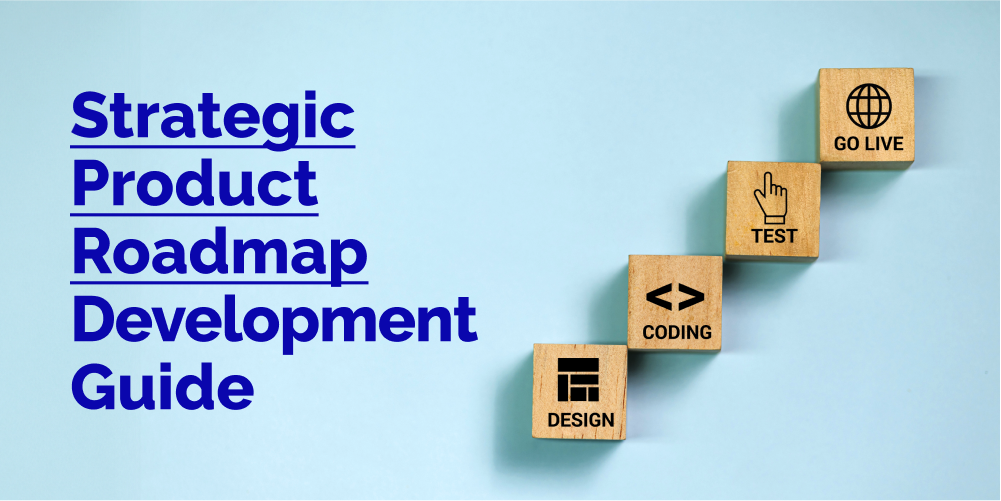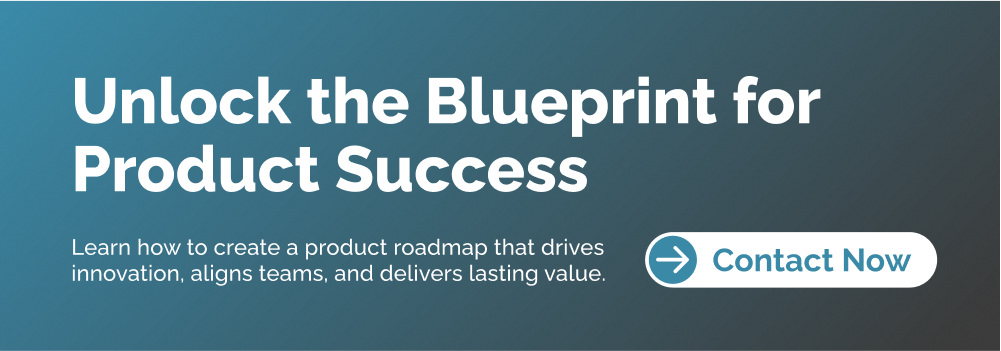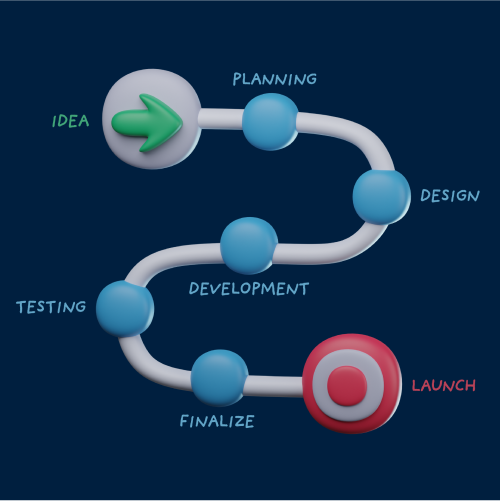Product Development, zBlog
How to Create a Product Development Roadmap: Strategic Steps for Successful Product Development
atif | Updated: November 7, 2024

In the fast-paced world of technology, a clear and actionable product development roadmap serves as a guiding compass, aligning vision, resources, and execution. For companies like Trantor, creating a product development roadmap isn’t just a tactical move—it’s a strategic initiative that shapes long-term success and drives innovation. Here’s how to create a product roadmap that is both future-proof and adaptable to evolving market needs.
1. Start with Vision and Strategy
Every product roadmap begins with a clear understanding of the overarching vision. Before diving into the specifics of timelines and features, it’s essential to define where the product is headed. For Trantor, the product development roadmap should align with both business objectives and customer needs, ensuring a strong foundation. This requires asking critical questions:
- What problems are we solving?
- How does this align with our company’s mission?
- What is our competitive advantage?
At this stage, it’s about big-picture thinking and setting long-term goals that will guide every subsequent decision.
2. Understand Your Audience

Creating a product development roadmap isn’t just about defining features; it’s about delivering value. By identifying and deeply understanding your target audience, you can ensure that the product solves the right problems for the right people. For example, Trantor’s clients span industries such as finance, healthcare, and retail. Each vertical has unique challenges and needs, so a successful roadmap must factor in these nuances. Audience segmentation helps define not just the product but also how different features or updates will benefit each group.
3. Prioritize Based on Value and Feasibility
Not all product development ideas are equal. A successful roadmap balances customer demands with technical feasibility and business goals. Prioritization frameworks such as the MoSCoW method (Must have, Should have, Could have, and Won’t have) can be invaluable here. Consider the trade-offs between short-term wins and long-term impact.
Trantor’s development teams can work with product managers to evaluate which features align most closely with the company’s strategic goals, whether it’s enhancing security, improving user experience, or integrating with emerging technologies. Prioritization ensures resources are allocated efficiently, and teams are aligned.
4. Incorporate Flexibility for Change

The market moves quickly, and the best product development roadmaps are adaptable. While a roadmap provides direction, it shouldn’t be so rigid that it can’t pivot in response to unforeseen challenges or opportunities. Flexibility is key to ensuring that the roadmap remains relevant, especially as new technologies, customer feedback, or competitive actions arise.
Trantor, known for its innovative solutions, can future-proof its product strategy by adopting an iterative approach. Regular feedback loops from customers, sales teams, and developers ensure that the roadmap evolves without deviating from its core mission.
5. Build Cross-Functional Collaboration
A product development roadmap isn’t the sole responsibility of the product team. It requires collaboration across multiple departments, from marketing to sales, customer success, and engineering. Engaging these stakeholders early in the process creates buy-in, reduces friction, and ensures alignment across the organization. Each team offers unique insights: marketing can provide customer data, engineering can flag technical constraints, and sales can share market trends.
Trantor’s culture of cross-functional collaboration is a key asset. Leveraging expertise from various departments allows for a more holistic roadmap, one that reflects the true complexity of building and scaling enterprise-level products.

6. Set Clear, Measurable Milestones

A well-defined product roadmap includes clear milestones. These aren’t just dates on a calendar; they represent critical stages of progress. Whether it’s releasing a beta version, completing a security audit, or scaling an infrastructure upgrade, each milestone should have a measurable outcome.
Trantor can implement tools like OKRs (Objectives and Key Results) to track progress. By linking product milestones with broader business goals, it becomes easier to measure success and demonstrate ROI. Transparency in these milestones ensures that all teams stay aligned and focused on the desired outcomes.
7. Emphasize Communication
The product roadmap is a living document, and its success hinges on continuous, clear communication. Regular updates with stakeholders keep everyone informed and foster trust. Internally, this means maintaining transparent communication across departments to ensure everyone is aligned. Externally, sharing the roadmap with clients and partners (without giving away competitive secrets) can build excitement and trust in the company’s vision.
For Trantor, whose clients often demand robust digital solutions, transparency around product development timelines can reinforce confidence in the company’s ability to deliver cutting-edge solutions.
8. Leverage Data to Make Informed Decisions

A modern product roadmap should be driven by data, not just intuition. Customer feedback, user behavior analytics, and competitive research all provide valuable insights into what features will have the highest impact. For a company like Trantor, data-driven decision-making ensures that each step in the product development cycle is backed by evidence, reducing the risk of failure and maximizing success.
Product teams should routinely analyze performance metrics to fine-tune the roadmap, ensuring that it remains a true reflection of market needs and technological possibilities.
9. Iterate and Evolve
A roadmap is not static. After each major release, teams should assess what worked, what didn’t, and how the process can improve. This iterative approach ensures continuous refinement, allowing the product to stay competitive and aligned with changing customer expectations.
At Trantor, integrating agile methodologies into the product development roadmap allows for incremental improvements and more frequent releases. This adaptability is crucial in industries where technology rapidly evolves and customer demands shift quickly.
Conclusion: A Strategic Framework for Growth
Creating a product development roadmap is both an art and a science. It requires strategic foresight, collaboration, and adaptability. At Trantor, where innovation is at the core of its solutions, a well-structured product roadmap can transform ideas into scalable solutions, delivering real value to customers and staying ahead in competitive markets. By following a structured, data-driven approach, companies can create roadmaps that guide long-term success and sustainable growth.




